
Students will build a model of a riverbank inside of a liter bottle. They will use different materials to improve the riverbank and lessen the erosion. Students will research and investigate what

Create potential for masses or charges. Students get to create 3D models of these potential and gain a deeper qualitative representation of why masses or charge move towards lowest potential.

Using The Wild Robot by Peter Brown as provocation, students will develop a project integrating math, science, engineering and ELA standards. Students will build a robot prototype and take it through
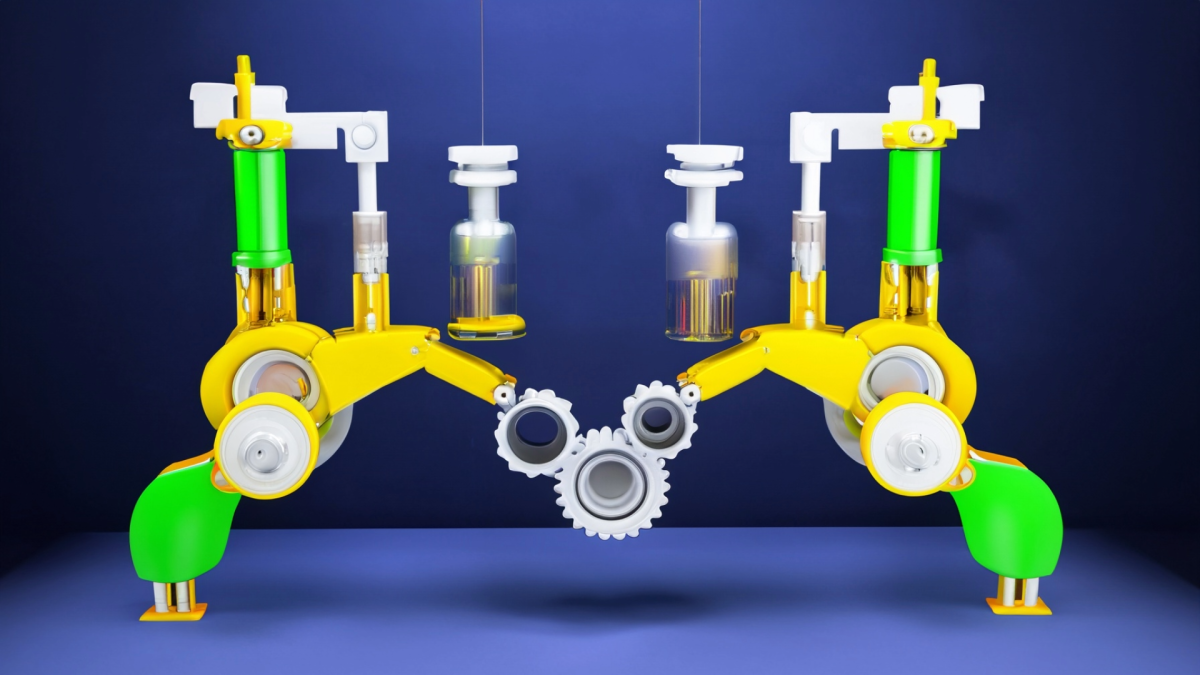
This lesson is part 2 of 2, Days 3 and 4. This lesson is set up to have students explore the friction bridge designed by Leonardo Da Vinci. Students have discovered the inventor and become familiar
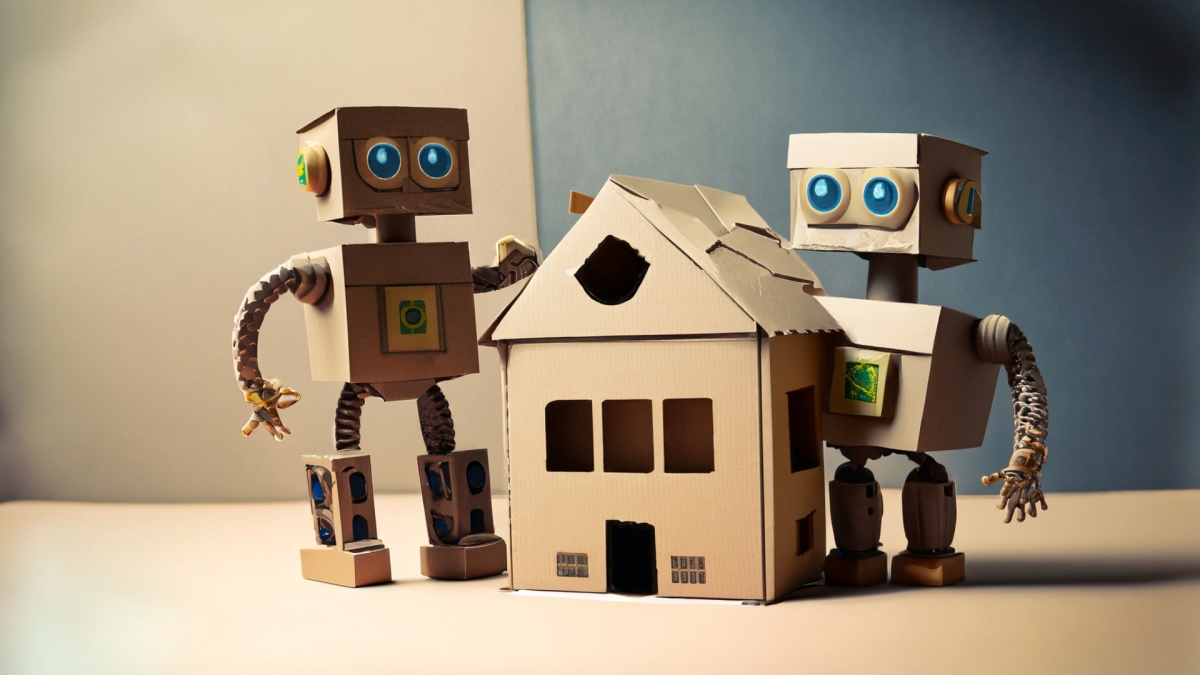
Students will learn about hibernation and adapting to the winter cold. They will build shelters with different insulating materials so that their animals do not get cold. They will then do a gallery

This lesson is part 1 of 2. This lesson is set up to have students explore the friction bridge designed by Leonardo Da Vinci. Students first discover the inventor and become familiar with his life
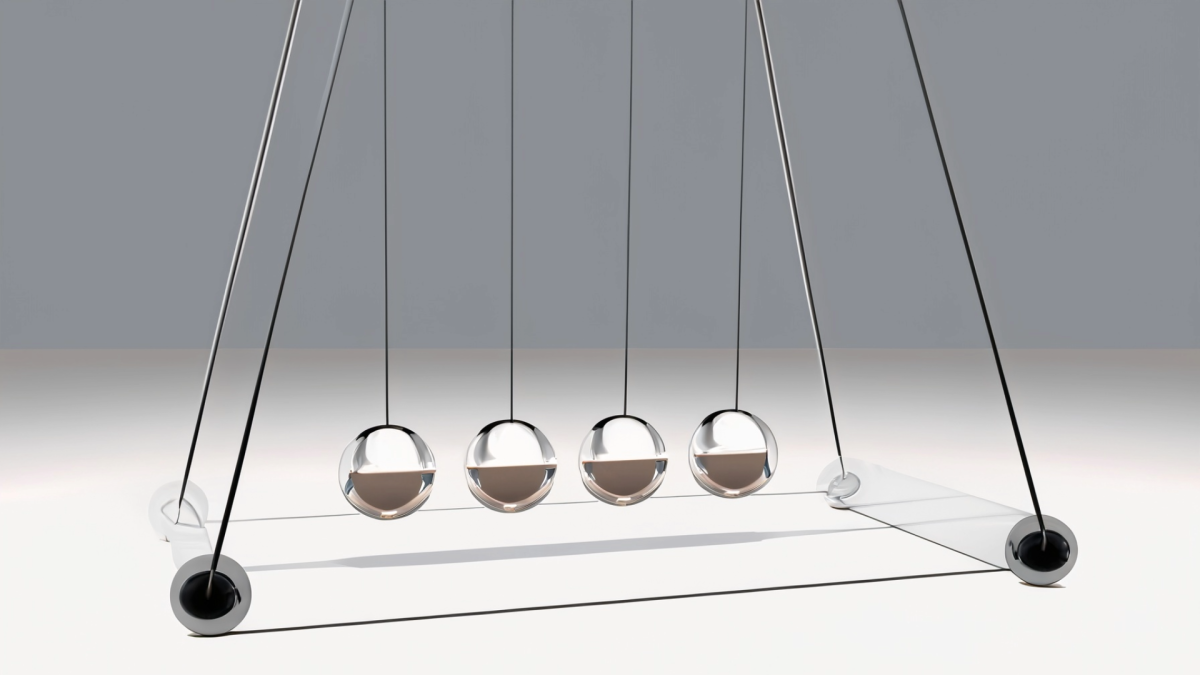
In this lesson, students uses a PhET simulation to investigate the types of energy and its conservation. They then perform an actual experiment to prove or disprove their findings from the simulation.

Students will work on this research project to learn about animal migration. They will research environmental factors that may influence the migration of specific animals and use it to create an

Students are introduced to the javelina through reading part of The Three Little Javelinas, reading about javelinas and watching an informational video. They discover potential conflicts and root
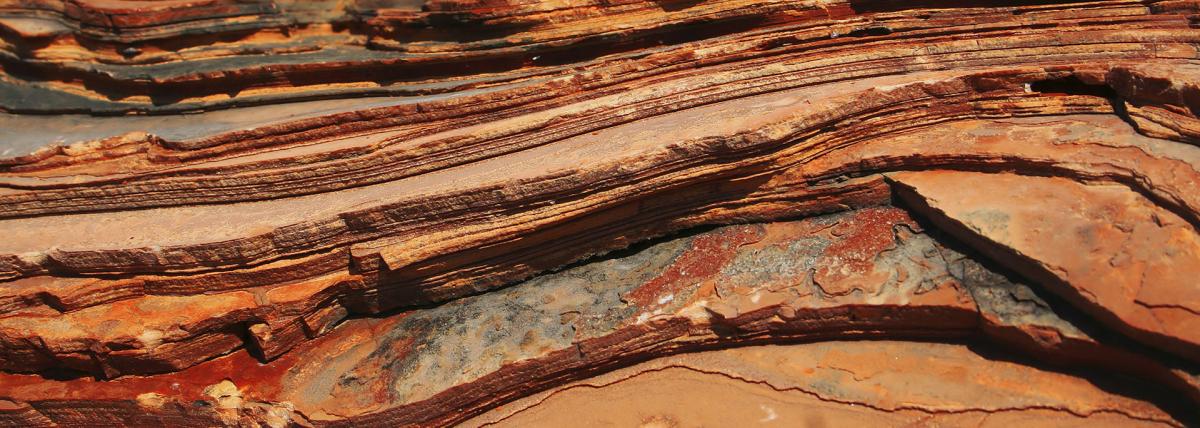
Students read The 3 Little Javelinas and experiment with making adobe bricks dwellings. Students analyze temperature data and describe benefits and drawbacks to using adobe.
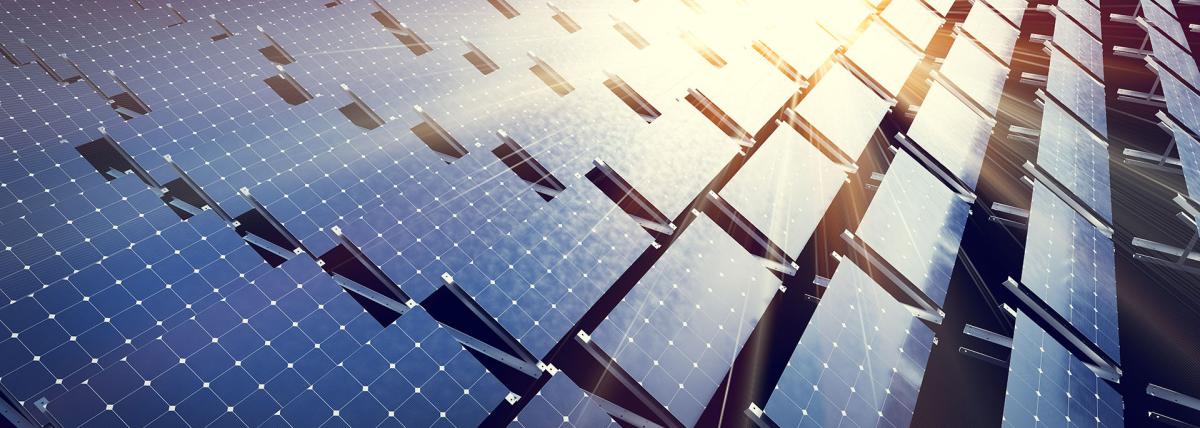
An investigation into the function and uses of solar panels in agriculture - Agrivoltaics. Exploring how to get the most efficient use of your solar panels for your gardens.
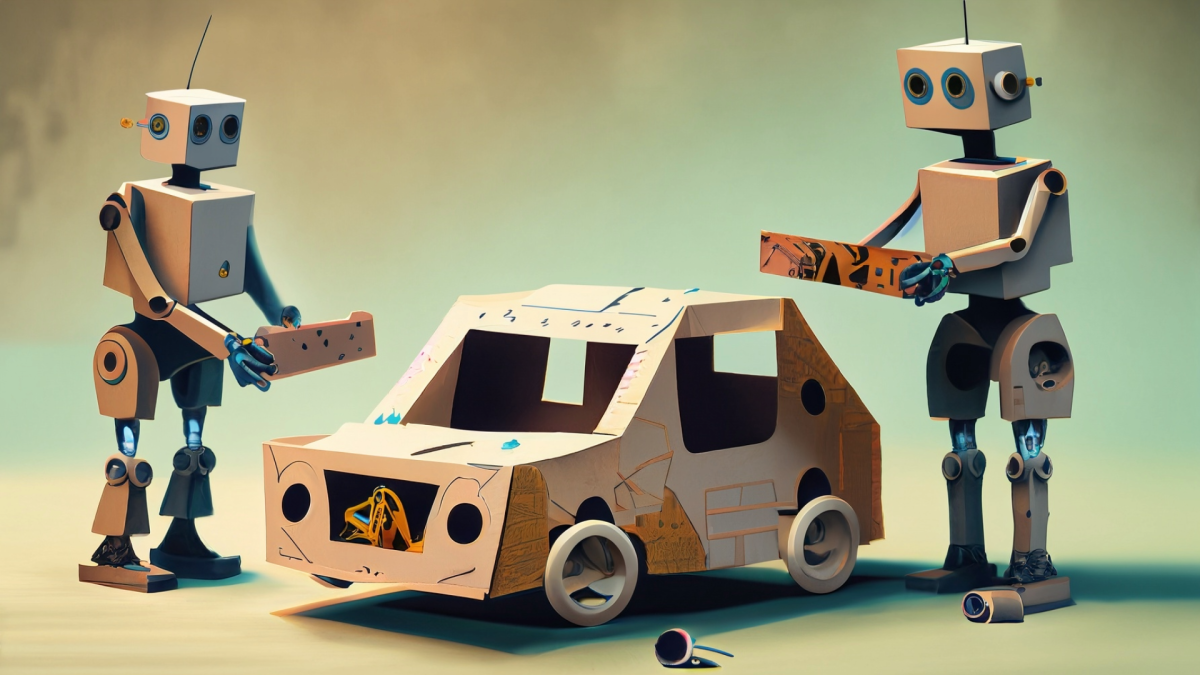
Students are constructing a cardboard control vehicle. Throughout this process, they will practice working with circuits and motors. In this lesson, students will begin working on the electrical

Students are constructing a cardboard remote control vehicle. Throughout this process, they will practice working with circuits and motors.

In this lesson students model a fast change to Earth's surface by creating a landslide and a slow change to Earth's surface by simulating coastal erosion.

This lesson includes various activities involving the investigation of why the moon changes shapes. It is a hand's on lesson about how and why the moon phases occur. It also includes a design and
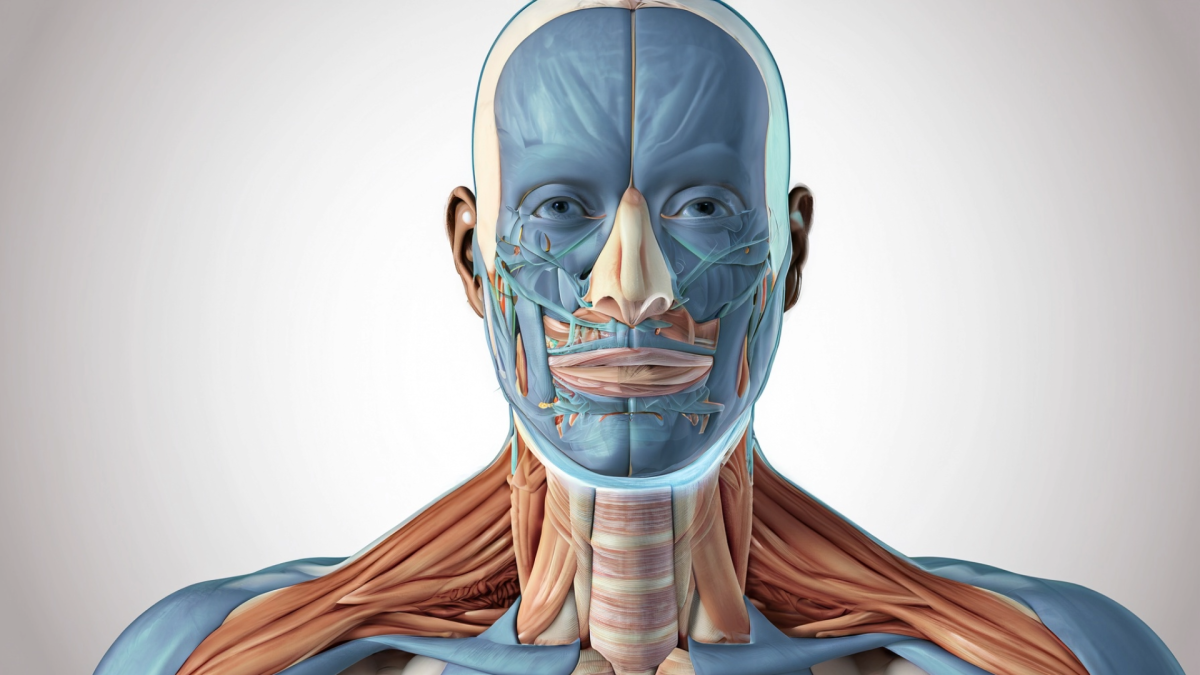
This engaging lesson has students create a dynamic poem, using at least 3 particular Literary Elements, that describes the form and function of a particular Anatomy & Physiology term. The students
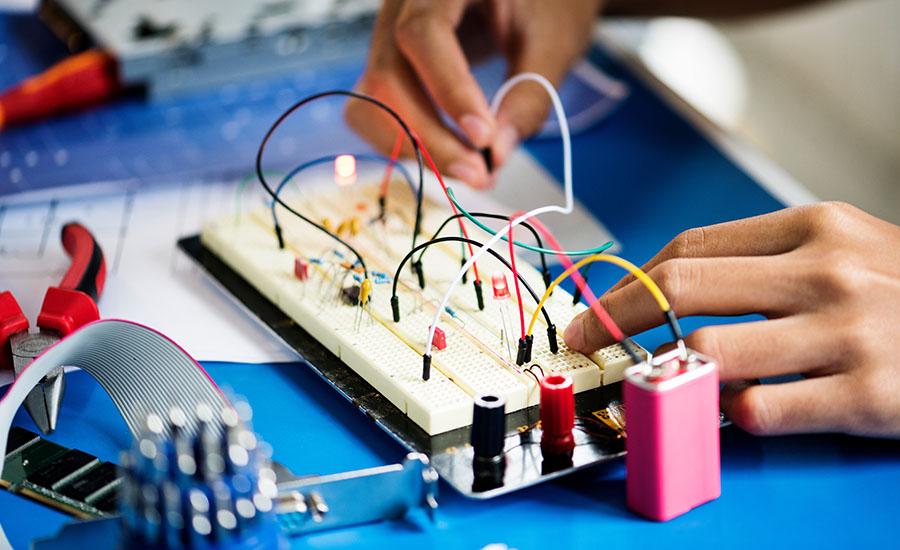
This engaging lesson is designed for students to derive the rules for circuits in series by experimenting with different variables in simple circuits in series using the PhET DC Electricity simulation

This project sets students up to explore animal anatomy and physiology with the idea of replacing a lost appendage (beak, leg, tail, fin, etc.) This is used in small groups of 2 or 3 over the course

In this lesson, students use a pHet simulation to derive Ohm's law. Students will be able to describe Ohm’s law with a formula and through written expression.
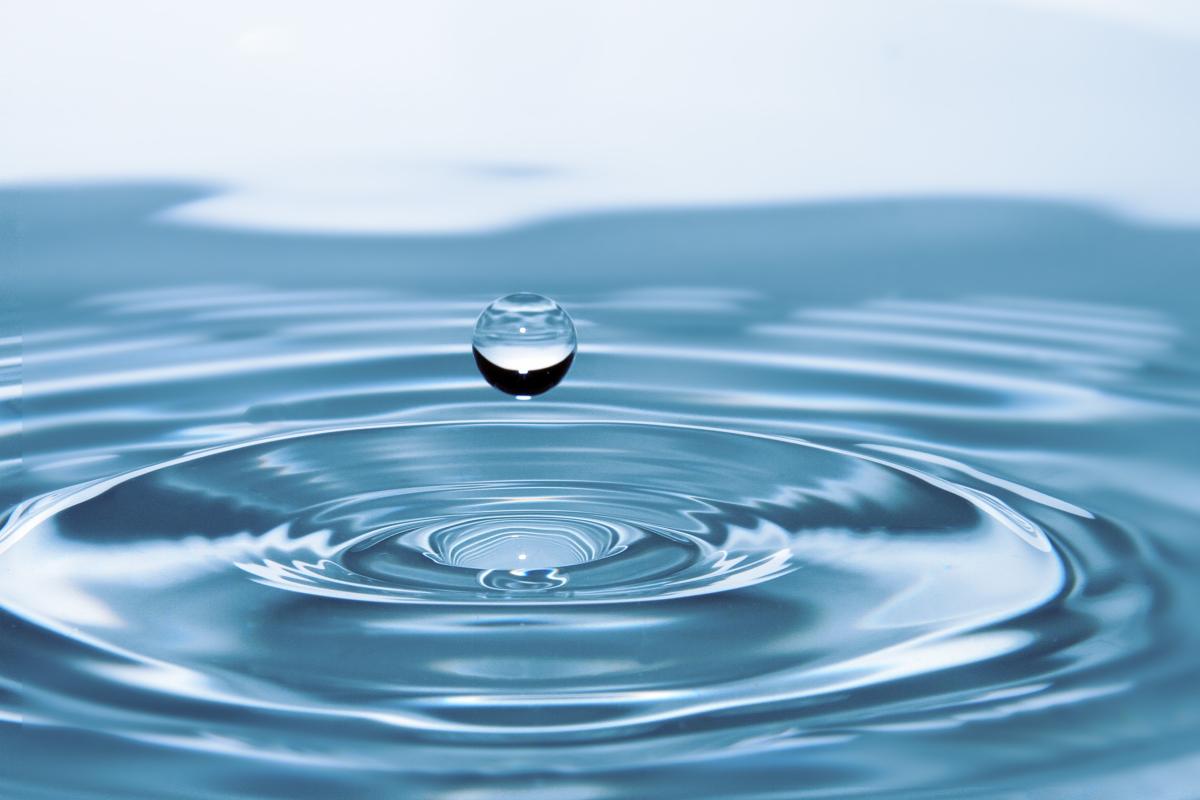
Students will use evidence from an investigation to model and explain how thermal expansion of land and sea ice impact the sea level. They will quantify the impact of land ice melt and thermal

Students will be able to utilize multimedia resources, such as online simulations and interactive videos, to explain the process of natural selection and provide examples of how it leads to species

In this lesson, students are challenged to design and test a windsock that can tell the direction and relative speed of the wind.

In this lesson, students are to use simple materials to create a structure that holds weight. It must be able to stand on its own. Students will first study and discuss gravity.

After students collected authentic data from their class and defined the problem related to trash, students follow through with solving the problem using the engineering process. In the second half of


